Onlookers and paparazzi filled a stretch of Rodeo Drive Tuesday night for the opening of the Valentino store in Beverly Hills. Guests included Kim Kardashian, Rose McGowan, Molly Sims, Rachel Zoe, Minka Kelly and several other celebrities.
To celebrate the Valentino design house’s 50th anniversary, creative directors Maria Grazia Chiuri and Pierpaolo Piccioli have launched a collection of ready-to-wear and accessories in animal prints, such as giraffe, jaguar, tiger, cheetah, zebra and panther.
A few of my shots from the event … you can see pix of the full celeb roster at HuffPost/Style.
x
x








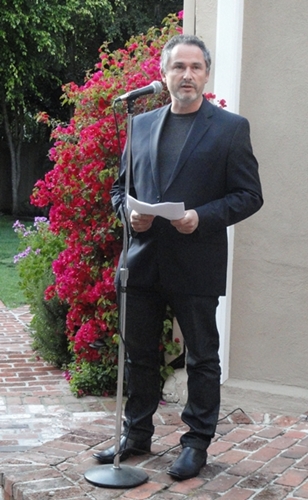
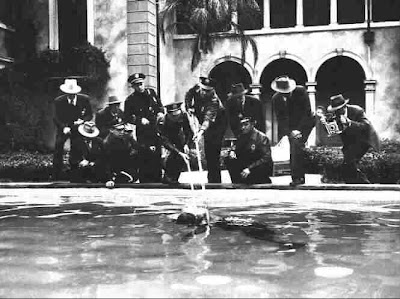
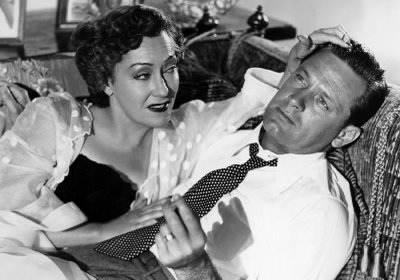
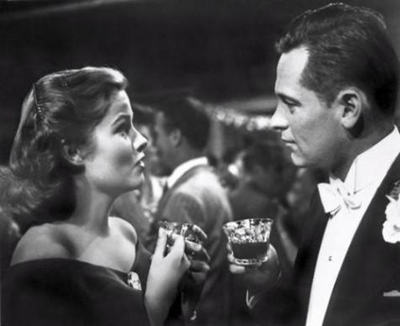
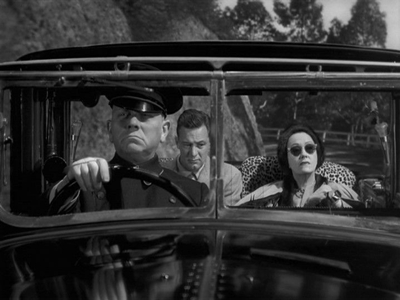
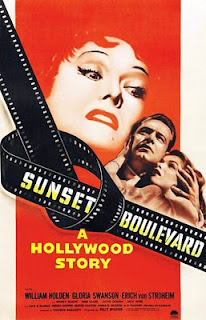
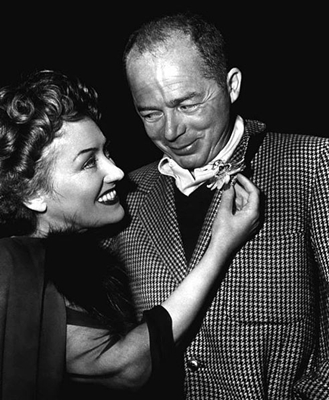
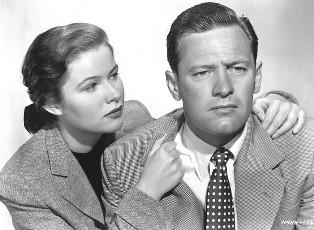
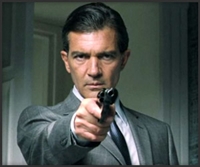


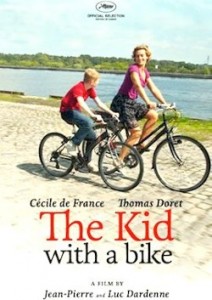
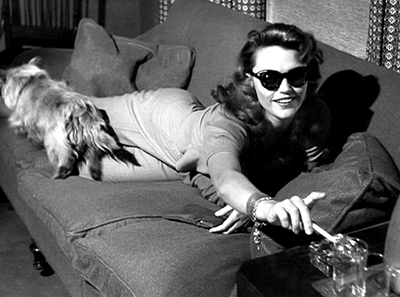
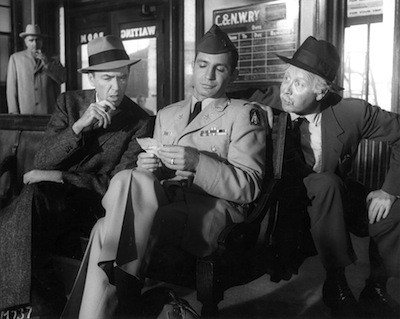
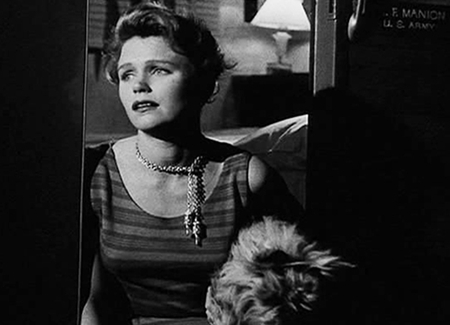
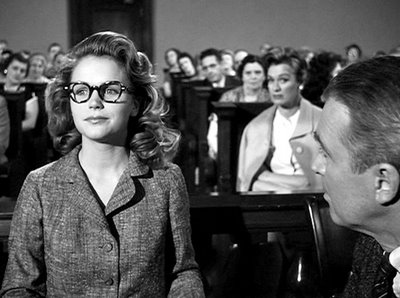





From FNB readers